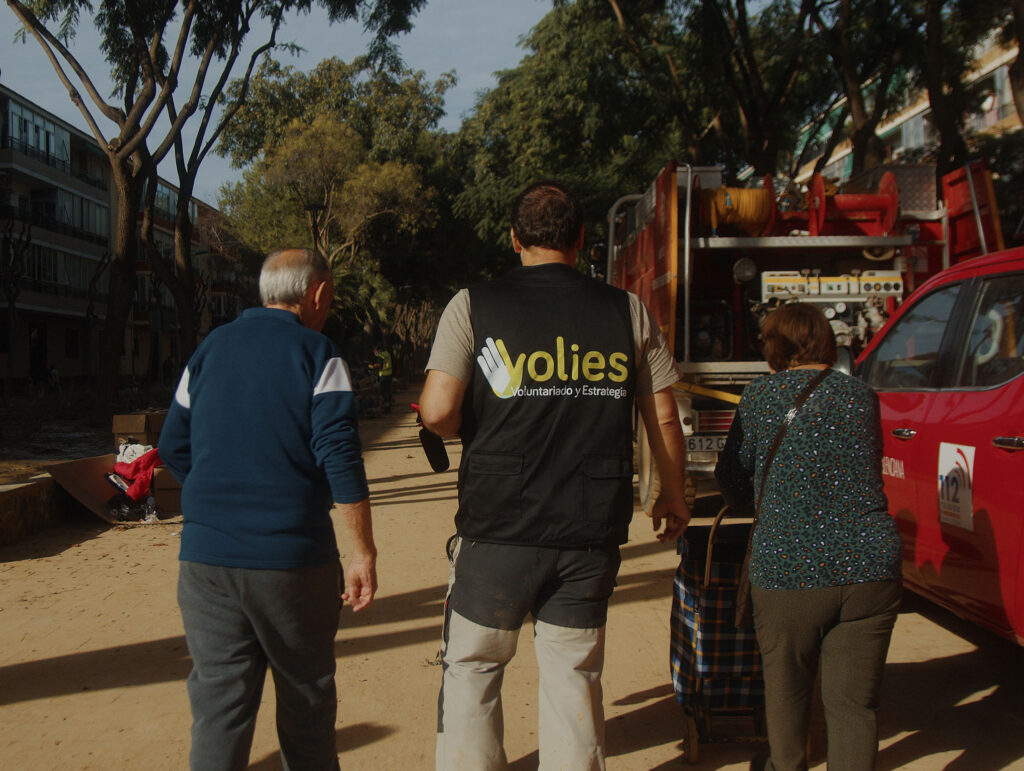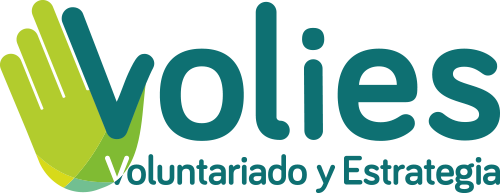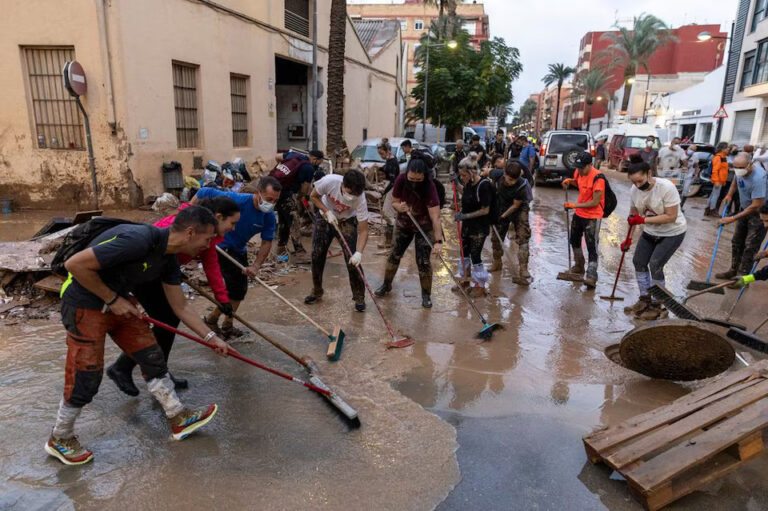On October 29, 2024, Valencia suffered devastating floods that will mark the city forever. Volies had the opportunity to contribute by sharing our expertise in corporate volunteering management and corporate emergency volunteering (we are part of the EU’s Resiliage project, which focuses on building more resilient societies in the face of disasters like the DANA).
In recent years, crises and natural disasters have increasingly and unexpectedly impacted the lives, livelihoods, and environments of European citizens. Europe has experienced 1,205 disasters, affecting 15 million people. The IMF warns that climate change will likely increase the frequency of natural disasters in the coming years. Many companies are recognizing the need to review their disaster response plans to address this growing threat.
In this context, there is a critical need to explore innovative corporate roles within CSR strategies, particularly to enhance employee engagement and improve disaster and crisis management practices.
As companies strive to improve their social impact, integrating corporate volunteering has emerged as a powerful strategy, with significant potential to drive social change while leveraging employee talent and solidarity through structured volunteering that prioritizes disaster preparedness and community resilience.
A Shift in Corporate Response to Disasters
Traditionally, corporate involvement in disaster relief has been reactive, often limited to donations or ad hoc aid during major events. However, recent trends reveal a more strategic, long-term approach that covers the phases of preparedness, mitigation, and recovery.
Notable changes include:
A proactive commitment to disaster preparedness.
Increasing employee mobilization as volunteers, contributing time and expertise in affected areas.
Stronger partnerships between companies, governments, and NGOs.
Corporate disaster responses can span the entire disaster management cycle — preparedness, response, recovery, and mitigation. However, the reality is that today, 98% of companies focus solely on immediate disaster relief, while only 1% invest in preparedness and 8% in resilience and risk mitigation.

The Business Case for Adapting Social Action Plans to Disasters
The need for businesses to adapt their social action strategies to disasters is driven by several key factors:
Rising social expectations: Society increasingly expects companies to actively engage in disaster situations.
Consumer expectations: Customers now demand corporate involvement and responsibility in crisis contexts.
Social License to Operate: The well-being of the communities where companies operate is crucial to their long-term success.
Employee impact: Workforce engagement increases when employees work for companies that are proactive and sensitive to these situations.
How to Plan a Corporate Volunteering Program for Emergency Situations
From our experience, crises clearly reveal the difference between organizations that are prepared and those that are not — making proactive planning even more essential.
Here’s the approach we recommend:
1. Create a Corporate Crisis Response Volunteering Committee
Establish a permanent crisis response committee that understands the company’s complexity, culture, roles, and geographic specificities. This serves as the foundation for any effective crisis response strategy.
2. Train Volunteers in Emergency Response
Incorporate an emergency volunteering module into your corporate volunteer training plan and train internal volunteer leaders in emergency management.
3. Analyze the Company’s Partnerships
To make informed decisions, the committee should conduct a mapping of alliances and assess the capabilities of the company’s volunteering program and donation platforms.
This includes identifying existing social partners and spotting potential gaps — potentially creating new partnerships. It also involves identifying other companies or public institutions with which to form alliances that facilitate intervention at any stage of a crisis.
4. Assess the Crisis
Once a crisis occurs, the first critical step is a thorough evaluation. Assessment is essential to draw well-founded conclusions about the situation and prevent decision-making from becoming a top-down process vulnerable to bias or inconsistency.
5. Decide Whether the Company Should Respond
After assessing the crisis, the next step is deciding whether the company will respond. The committee must propose a response strategy and plan actions using risk matrices or other analytical tools.
6. Implement and Evaluate the Program
During this phase, planned actions are carried out, and follow-up is evaluated:
- Assign responsibilities for each task and monitor progress.
- Measure the impact of the actions taken.
- Assess whether additional investment would benefit the affected communities.
- Determine the need for ongoing communication and engagement.
- Report results and improve processes.
“Disasters will continue to shape our societies in the years to come. The real difference will lie in how we prepare to face them. At Volies, we firmly believe that companies, through well-designed corporate volunteering programs, can not only help mitigate the impact of crises but also strengthen the bond with their employees and the communities where they operate. Investing in resilience is not just a matter of social responsibility: it is a commitment to a safer, more humane, and more sustainable future.”


